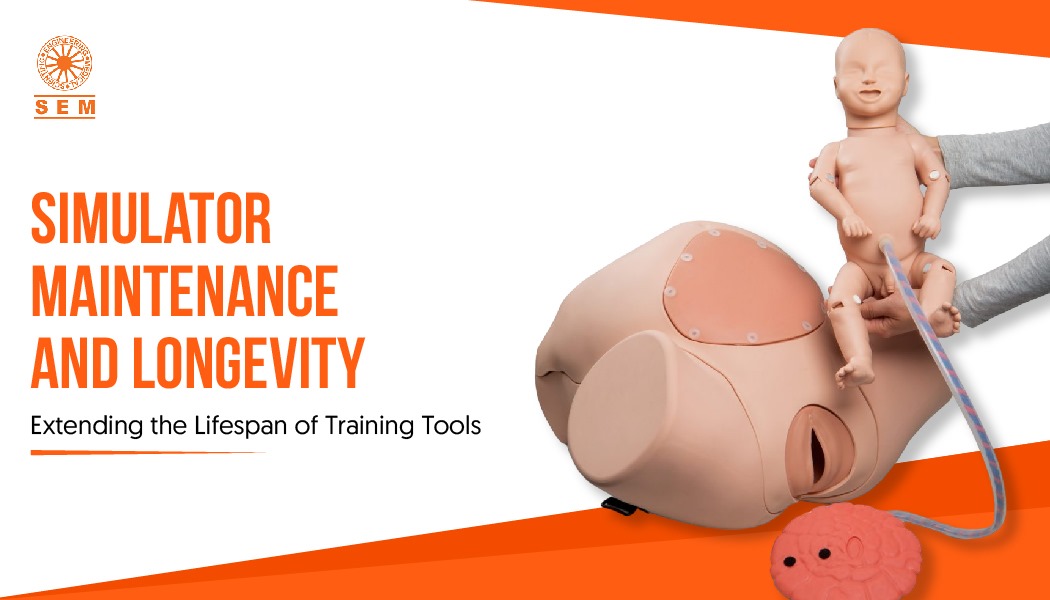Simulator Maintenance and Longevity

Simulator Maintenance and Longevity: Extending the Lifespan of Training Tools. In the world of medical education and training, simulators and manikins play a vital role in preparing future healthcare professionals. These advanced training tools replicate real-life scenarios, providing the learners with hands-on experience without compromising patient safety.
However, maintaining the longevity of these simulators is crucial to ensure they continue to serve their educational purpose effectively. In this blog, we’ll explore the importance of simulator maintenance and share valuable tips to extend the lifespan of your medical manikins and simulators.
Why Simulator Maintenance Matters
We at SEM Trainers and Systems understand that simulators are significant investments for educational institutions and healthcare facilities alike. Proper maintenance not only ensures a return on that investment but also enhances the quality of training.
Here’s why it matters:
Cost-Efficiency: Regular maintenance can prevent costly repairs or replacements down the line, saving you money in the long run.
Optimal Performance: Well-maintained simulators perform at their best, providing realistic training experiences for learners.
Patient Safety: Inaccurate or malfunctioning simulators can negatively impact the skills and confidence of medical professionals, potentially compromising patient safety.
Extended Lifespan: Routine maintenance can significantly extend the lifespan of your simulators, allowing you to get the most out of your investment.
If you have Manikins from SEM Trainers & Systems , here are top Maintenance tips for it!
Keep It Clean: Regularly clean and sanitize your simulators to prevent the buildup of dirt, dust, and germs. Follow the manufacturer’s cleaning guidelines to avoid damaging sensitive components.
Check for Damage: Inspect your simulators for any signs of wear and tear. Address issues like cracked skin, loose parts, or damaged cables promptly to prevent further damage.
Update Software: Ensure that your simulator’s software is up-to-date. Manufacturers often release updates to improve performance and add new features.
Calibrate Regularly: Calibration ensures that your simulator’s sensors and feedback mechanisms are accurate. Follow the recommended calibration schedule to maintain realism.
Proper Storage: Store your simulators in a controlled environment with stable temperature and humidity levels. Avoid exposing them to extreme conditions that could damage internal components.
Battery Care: If your simulators have rechargeable batteries, follow the manufacturer’s guidelines for proper charging and storage to prolong battery life.
Training and Documentation: Train your staff on proper simulator usage and maintenance procedures. Keep detailed records of maintenance activities, including dates and performed tasks.
Consult the Supplier : Don’t hesitate to reach out to us for guidance on maintenance and troubleshooting specific to their products.
By following these maintenance tips, you can extend the lifespan of your simulators, save on long-term costs, and ultimately improve the quality of medical training.
Don’t wait until problems arise – start a proactive maintenance routine today and reap the benefits of well-maintained simulators in your educational institution or healthcare facility.
